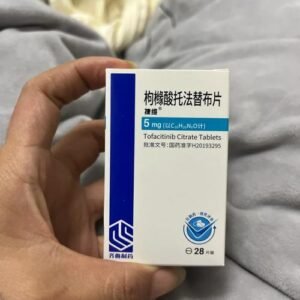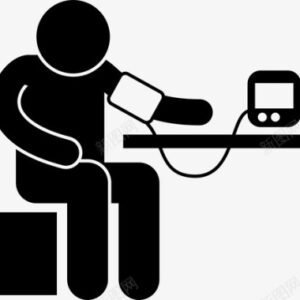Safinamide 沙芬酰胺
Safinamide is a drug used to treat Parkinson’s disease. It is a monoamine oxidase type B (MAO-B) inhibitor. It improves motor symptoms by regulating dopamine levels and is often used as an adjunct to drugs such as levodopa. It must be used strictly in accordance with the doctor’s instructions to avoid interactions with specific drugs or foods.
Mechanism of action and indications
Inhibition of MAO-B enzyme: Reduces dopamine decomposition and prolongs its duration of action, thereby improving symptoms such as bradykinesia and tremor.
Non-competitive NMDA receptor antagonism: May regulate the glutamate system and assist in relieving motor complications (such as end-of-dose phenomenon).
Applicable population: Patients with mid-to-late stage Parkinson’s disease, especially those with fluctuating efficacy of levodopa or motor complications.
Precautions for use
Dosage and usage: Usually taken orally once a day, the starting dose is 50 mg, which can be gradually adjusted to 100 mg, and the doctor needs to guide according to the condition.
Drug interactions: Avoid using with other MAO inhibitors (such as antidepressants) or foods containing tyramine (such as cheese, pickled products), which may cause hypertensive crisis. Close monitoring is required when used in combination with levodopa, which may aggravate side effects such as dyskinesia. Side effects and contraindications Common side effects: Dizziness, insomnia, nausea, constipation, etc. Long-term use requires vigilance against movement disorders or mental symptoms (such as hallucinations). Serious risks: Hypertensive crisis (rare but life-threatening). Abnormal liver function, liver enzymes need to be monitored regularly. Contraindications: Severe liver dysfunction. Patients who are currently using other MAO inhibitors or some antidepressants. Long-term management and medical guidance Regular follow-up visits: Evaluate efficacy and side effects, and adjust medication regimens. Lifestyle coordination: Eat a balanced diet, exercise regularly, and avoid increasing or decreasing the dosage on your own. Emergency: See a doctor immediately if chest pain, severe headache, or confusion occurs.
Safinamide must be used in a standardized manner under the guidance of a neurologist. Patients are not allowed to purchase medication or change treatment plans on their own. During medication, a long-term management plan should be formulated based on individual reactions to balance symptom control and safety.
Share:
Products
Our offers
Health Classification
Let us work together to protect precious health




























